Introduction
Teaching strategies play a crucial role in shaping the educational journey of all students, especially those with autism. With approximately 1 out of every 100 students in American public schools being autistic, there is an urgent need for tailored educational approaches. Research underscores the effectiveness of Explicit Instruction, which bridges new knowledge with prior understanding, significantly enhancing learning outcomes for students with disabilities.
Creating an inclusive environment through structured routines and visual supports is essential, ensuring that curricular materials align with these instructional methods. This approach not only caters to the diverse needs of autistic students but also promotes their academic and social growth, paving the way for a more inclusive and effective educational experience.
The Role of Teaching Strategies in Classroom Instruction
Teaching methods are crucial in influencing the educational path of all learners, particularly those with developmental disorders. Approximately 1 out of every 100 individuals in American public schools has autism, highlighting the need for tailored educational approaches. Research indicates that using Explicit Instruction, which involves linking new knowledge to prior knowledge, can significantly enhance learning outcomes for individuals with disabilities. Corey Peltier, an educational psychology professor, emphasizes the positive impact of these strategies.
Creating an inclusive environment is crucial, and structured routines and visual supports are key elements in achieving this. For instance, educators can evaluate curricular materials to ensure they align with the components of Explicit Instruction, as misaligned curriculum can negatively affect learners' achievement. This approach not only caters to the diverse needs of individuals with autism but also promotes their academic and social growth.
Moreover, developmental interventions have shown to improve social communication, a core challenge for autistic individuals. These interventions must be carefully monitored to maximize their benefits and minimize potential adverse effects. As highlighted by the Interagency Autism Coordinating Committee (IACC), advances in autism research and services are essential in improving early screening, diagnosis, and understanding of autism across different demographics.
By implementing these evidence-based strategies, educators can create a supportive atmosphere that empowers autistic individuals to thrive academically and socially.
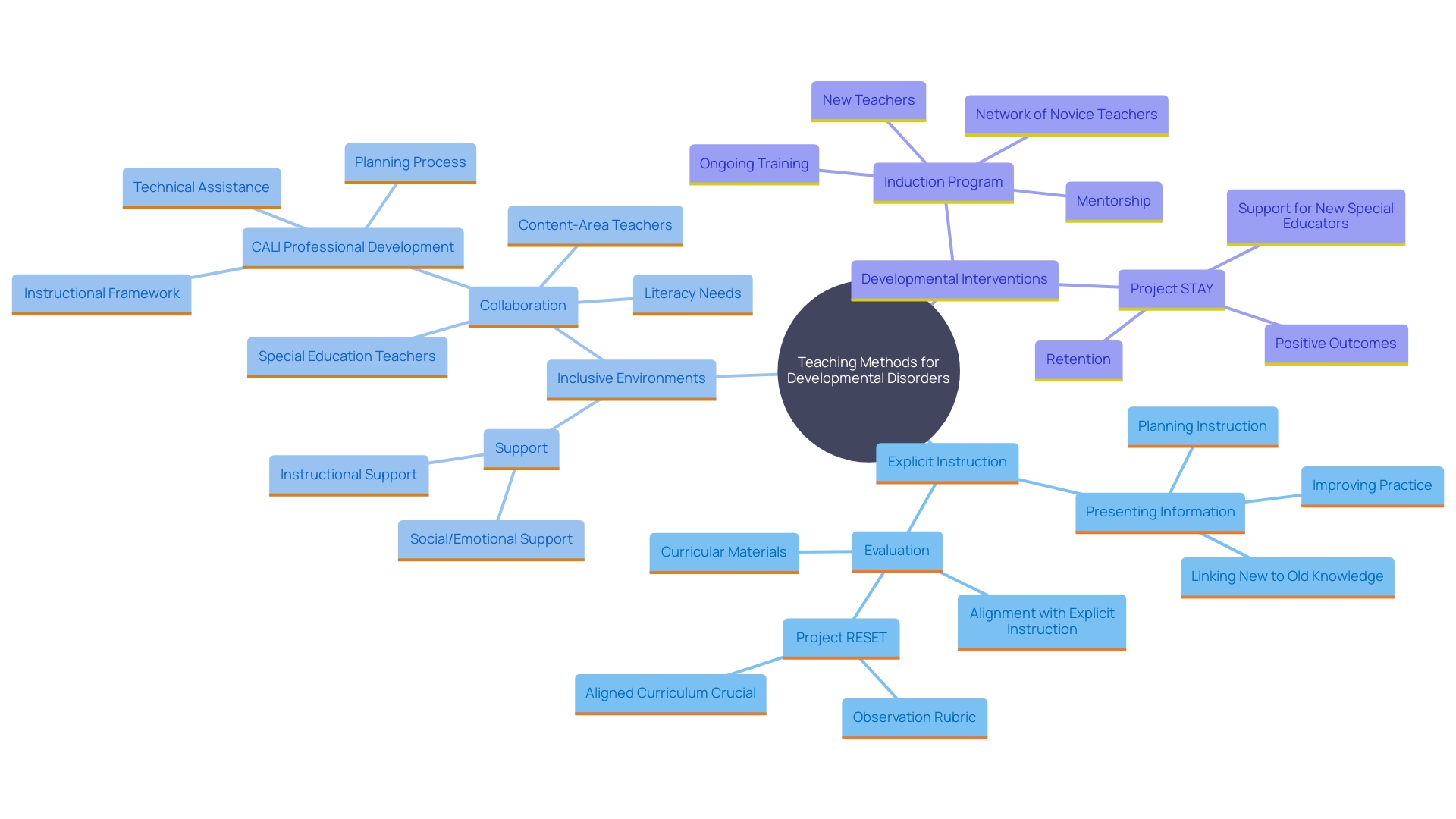
Differentiated Instruction
Differentiated instruction is a critical approach that tailors teaching methods and resources to meet the individual learning styles and paces of each learner. For children with autism, this can involve using visual aids, hands-on activities, or verbal explanations customized to their unique preferences. Research shows that such interventions can significantly improve social communication and adaptive behavior, key areas of challenge for autistic learners. For instance, naturalistic developmental behavioral interventions have been found to enhance social communication and play skills. A study by Vreys et al. (2018) highlighted that teachers who implemented differentiation techniques observed notable improvements in their learners' engagement and understanding. Despite initial challenges, sustained change in teacher practices, supported by communities of practice, has proven effective. Furthermore, the Nest Support Project highlights teamwork and ongoing education to enhance teaching methods for autistic students. By recognizing and addressing these differences, teachers can enhance comprehension and retention, fostering a more inclusive and effective educational atmosphere.
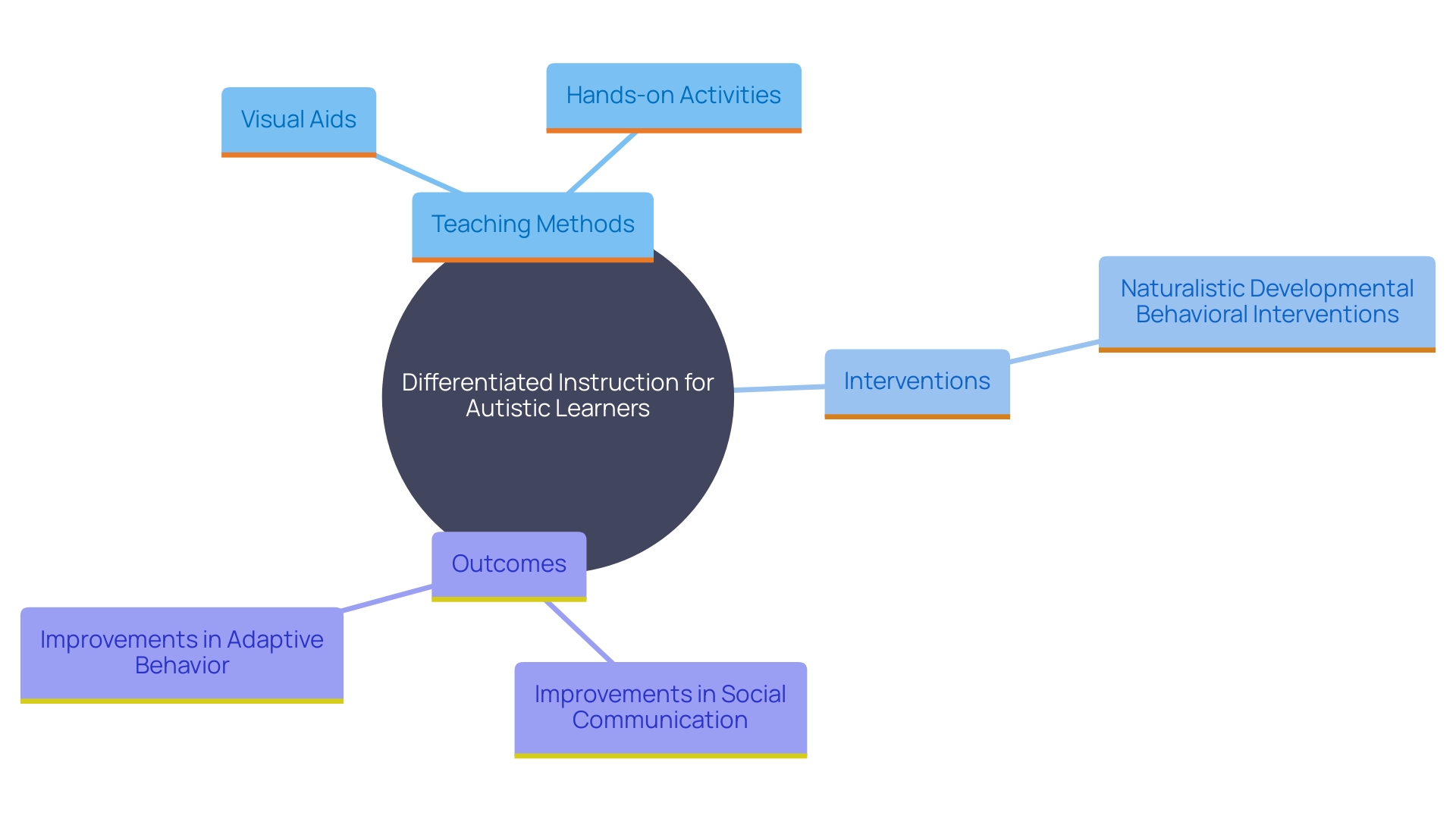
Technology Integration in Classrooms
Integrating technology into the classroom has transformed education for students with autism by offering customized learning experiences and improving communication skills. Tools such as interactive apps, educational software, and assistive devices cater to the unique needs of these students. For example, Autism BASICS, a mobile application created by a group of psychologists and therapists, involves young individuals with daily activities and a library of learning-oriented tasks. This app enables parents and therapists to assign tasks that assist youngsters in developing essential skills in an engaging game format.
Studies endorse the utilization of digital media in enhancing vocabulary acquisition and empathetic conduct among young individuals. The National Institute of Child Health and Human Development (NICHD) has found that educational media can be beneficial for child development. However, it is crucial to balance screen time as excessive use may lead to atypical sensory processing and exacerbate cognitive deficits.
The COVID-19 pandemic highlighted the importance of integrating assistive technology into both physical and virtual classrooms. Educators have demonstrated remarkable adaptability in utilizing technology to create equitable educational environments. This approach ensures that all learners, regardless of their abilities, have the opportunity to thrive and succeed in a supportive educational setting.
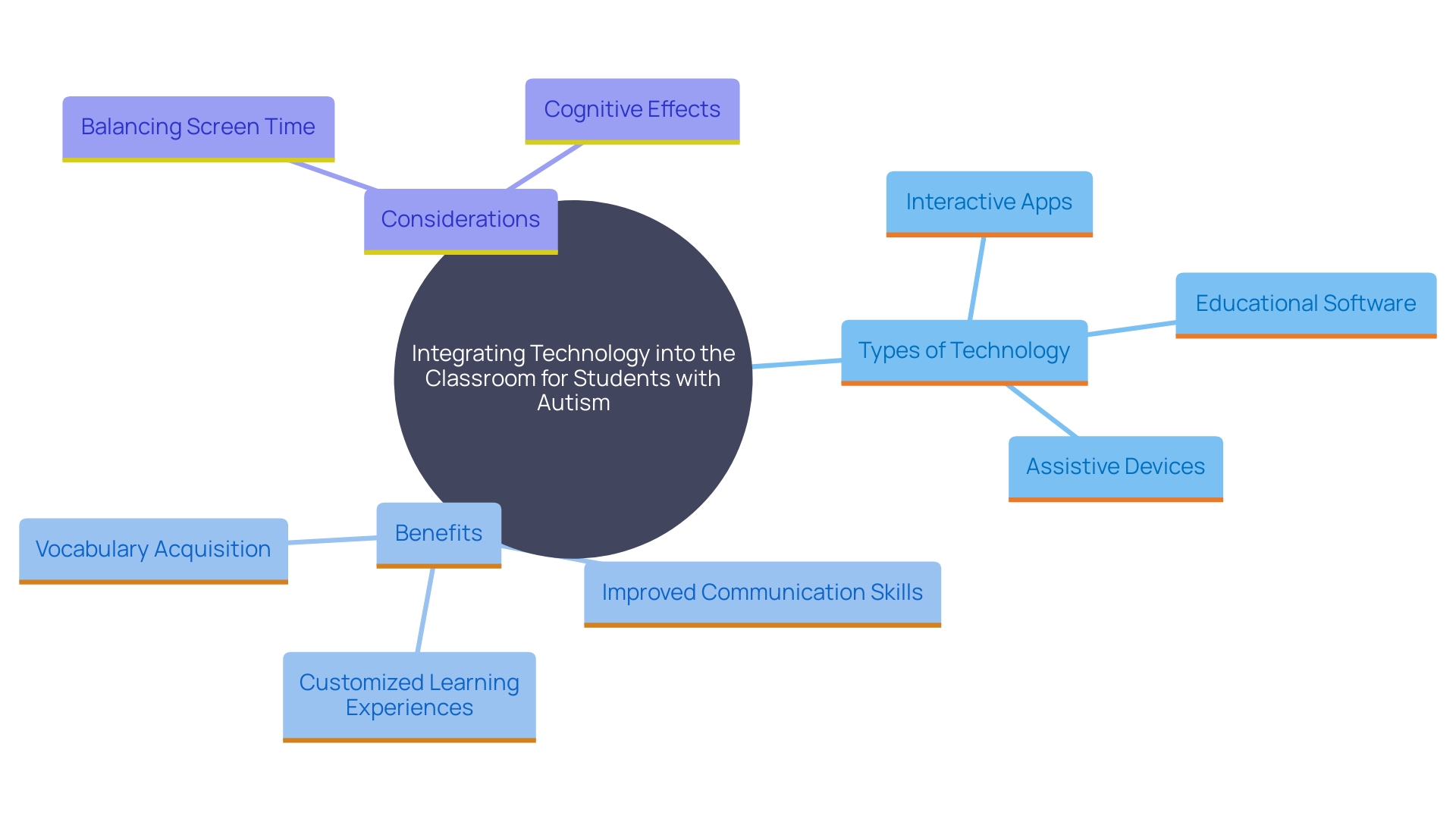
Active Learning Strategies
Active learning strategies immerse students in the educational process, fostering both participation and collaboration. Methods like group conversations, role-playing, and practical projects are especially advantageous for youngsters with developmental disorders. These methods not only enhance social interaction and communication skills but also build confidence and deepen understanding of the material. As stated by Dr. Hannah Schertz, a professor at Indiana University Bloomington's School of Education, early intervention aimed at social communication is essential as it tackles fundamental challenges related to the condition and establishes a basis for future language skills. Research indicates that developmental interventions, including naturalistic developmental behavioral strategies, enhance social communication and adaptive behaviors in individuals with developmental disorders. By applying active educational strategies, educators can establish a nurturing and stimulating atmosphere that enables youngsters to excel both academically and socially.
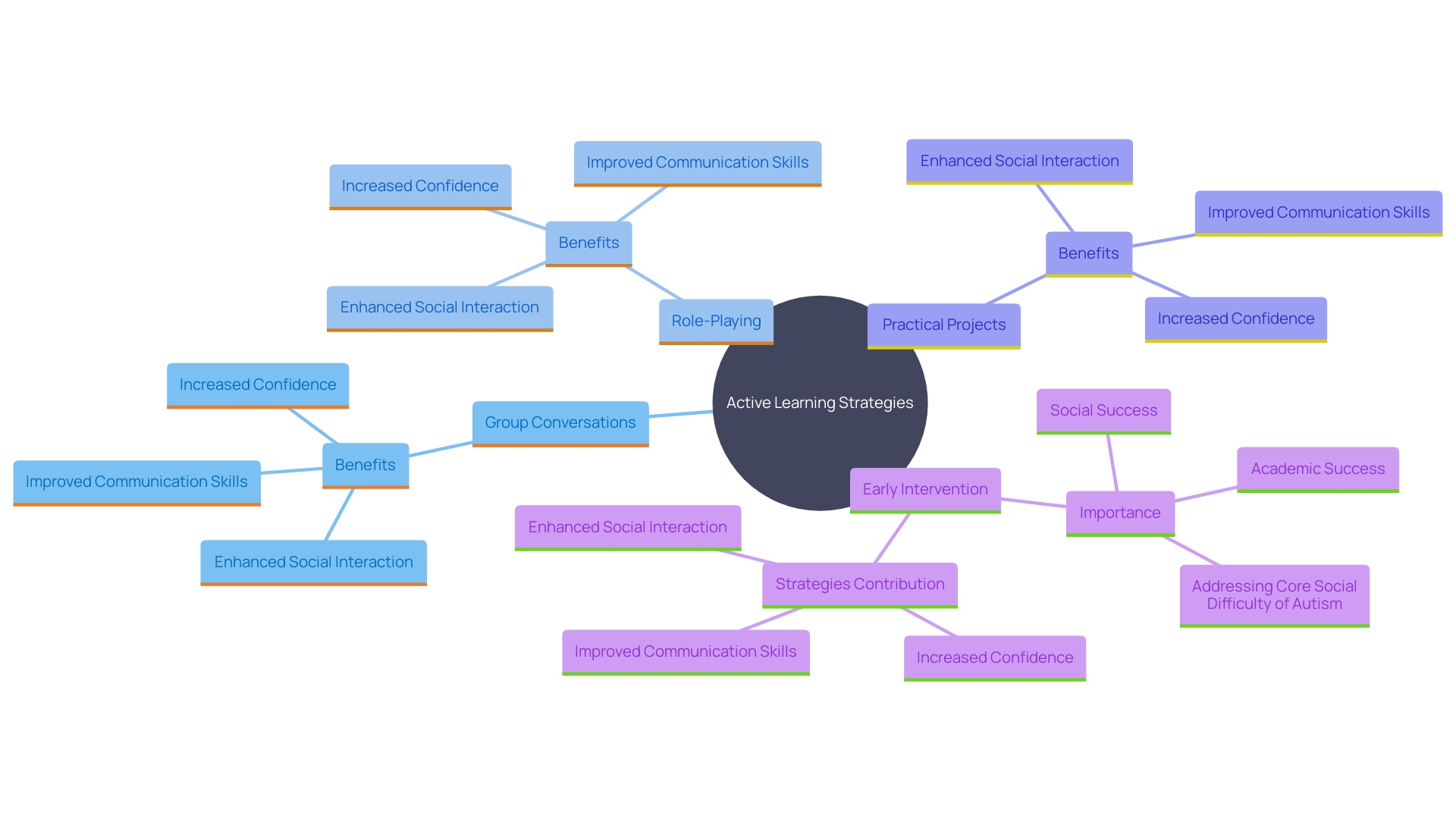
Flexible Seating and Classroom Organization
Establishing a adaptable and structured classroom setting can greatly improve the educational experience for youngsters with developmental disorders. By providing various seating arrangements, such as standing desks or bean bags, teachers can meet different sensory needs and promote comfort. For example, sensory-based behaviors are common among youngsters with autism, and these seating options can help them feel more at ease. An organized space with clearly defined areas for different activities can assist students in navigating their environment and focusing on learning. According to child psychiatrist David (Dan) R. Offord, well-supported participation in school activities is crucial for the mental health of children with disabilities. This approach not only addresses their unmet needs but also recognizes the unique assets they bring to the community.
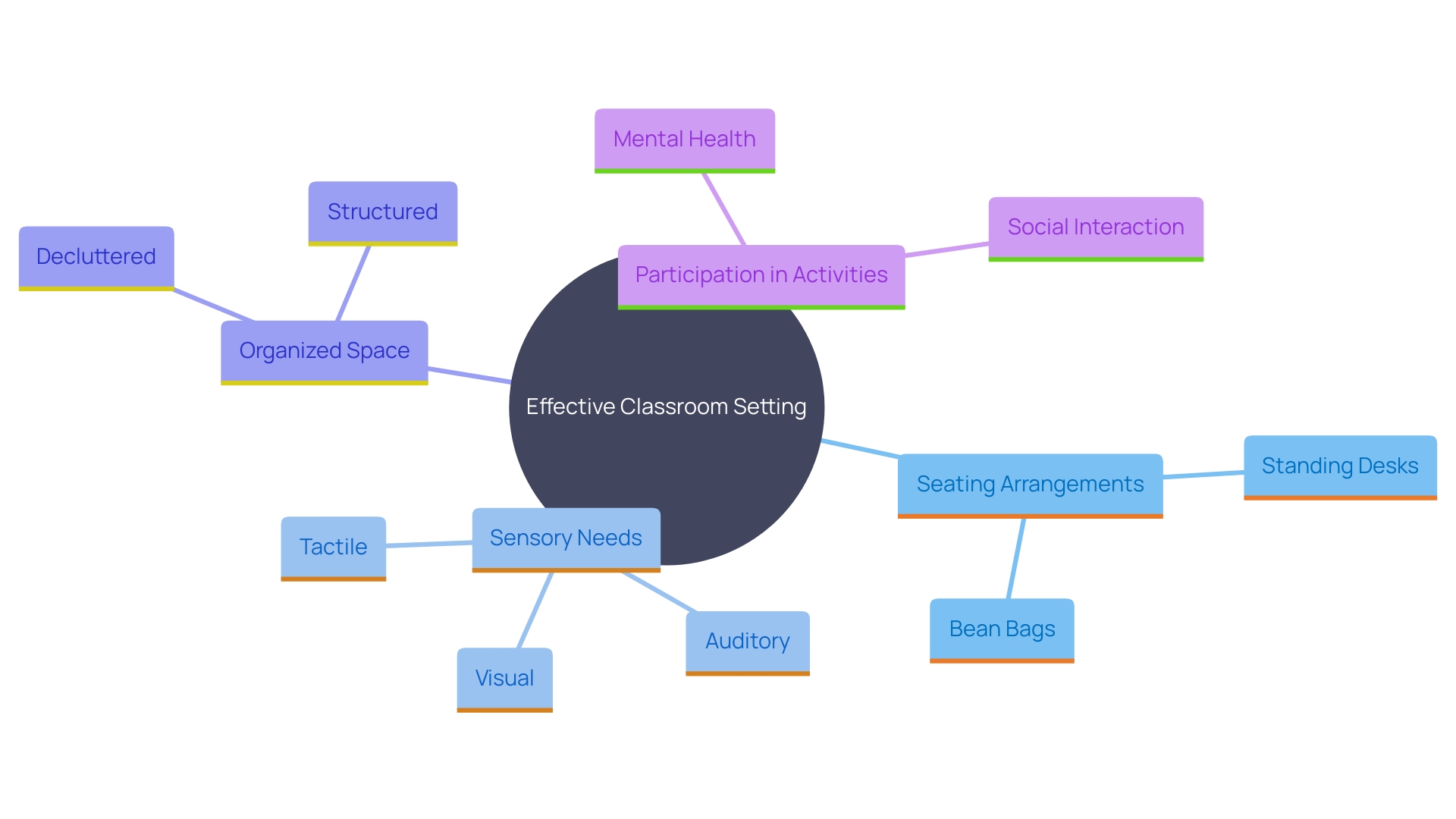
Conclusion
The importance of tailored teaching strategies in supporting the educational journey of autistic students cannot be overstated. By implementing Explicit Instruction, differentiated instruction, and active learning strategies, educators can effectively address the diverse needs of these learners. Research consistently demonstrates that these approaches enhance academic performance and social skills, creating a more inclusive environment that fosters growth and development.
Moreover, the integration of technology plays a pivotal role in personalizing learning experiences and facilitating communication for children with autism. Tools such as interactive apps and assistive devices not only engage students but also provide valuable resources for parents and educators to support skill development. Striking the right balance in technology use is essential to ensure that students benefit without being overwhelmed.
Finally, creating a flexible and organized classroom environment further enhances the learning experience. By accommodating sensory needs and promoting comfort through varied seating arrangements, educators can help students navigate their surroundings more effectively. This holistic approach to education not only empowers autistic students but also enriches the entire classroom community, paving the way for a brighter, more inclusive future.




